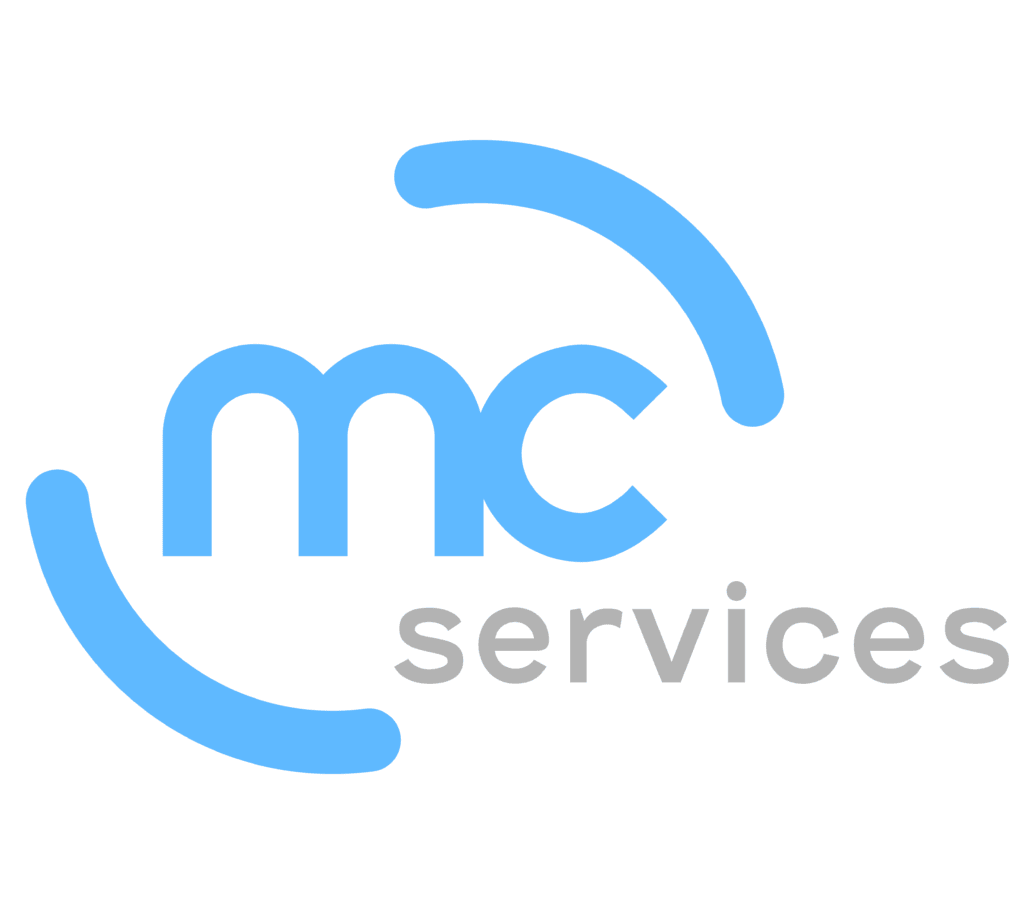On April 1, Apple celebrated its 40th birthday, giving us a chance to look back at the four decades of innovation that transformed a couple of hippies' garage-based business into one of the most valuable and respected companies in the world.
Along the way, Apple developed a number of hard-hitting products that put now-ubiquitous technology on consumers' desks – and eventually in their pockets – for the very first time. As familiar as some of these may be (we're looking at you, iPod and iPhone), others managed to push the boundaries of technology without making such a large splash in the consumer market.
These devices were arguable some of Apple's most important, for although they failed to become the staples of everyday life we have come to expect from Apple, they gave us glimpses of the genius and the future that the company was cultivating over in Cupertino.
So, to celebrate 40 years of innovation at Apple, here are three of the most important Apple products most people never owned.
Apple I
Selling just a few hundred units in one year of production, Apple's first computer was far from a commercial success. But at a time when computer sales were limited to hobbyists and researchers, it was the machine's ability to outperform its early competitors that earned its creators the corporate backing they needed to transform their budding enterprise into a major player in the emerging computer industry.
Lisa
Six years later, Apple packed what seemed to be every ounce of innovative technology it had developed into a single machine: Lisa. Lisa's graphical user interface was groundbreaking at the time, as were its optional hard drive, multitasking capabilities and suite of office applications. That being said, the computer's $10,000 price tag kept it out of the hands of everyone but the exorbitantly wealthy and highly-specialized. Even so, with several features that would eventually make their way inside homes via MacOS X more than a decade later, Lisa showed the world just how far Apple was willing to push the envelope in its industry.
Newton MessagePad
While today it might quickly be categorized as the iPad's predecessor, when it debuted in the late 1980s the MessagePad was part of a growing personal digital assistant (PDA) market. The MassagePad's modern interface, rotating screen orientation and handwriting recognition may have been ahead of their time, but they were far from perfect when they hit the market, delivering only mediocre value despite a promise to reduce mobile workers' reliance on paper. Cut from the product lineup upon Steve Jobs' return to the company in 1997, the MessagePad could be remembered as a total disappointment. However, a discerning eye would realize that despite its commercial failure, the MessagePad served as an important dress rehearsal for many of the features and concepts that would eventually make their way into the iPhone and iPad.
For help integrating Apple's most successful products into your workplace, contact MC Services today!
